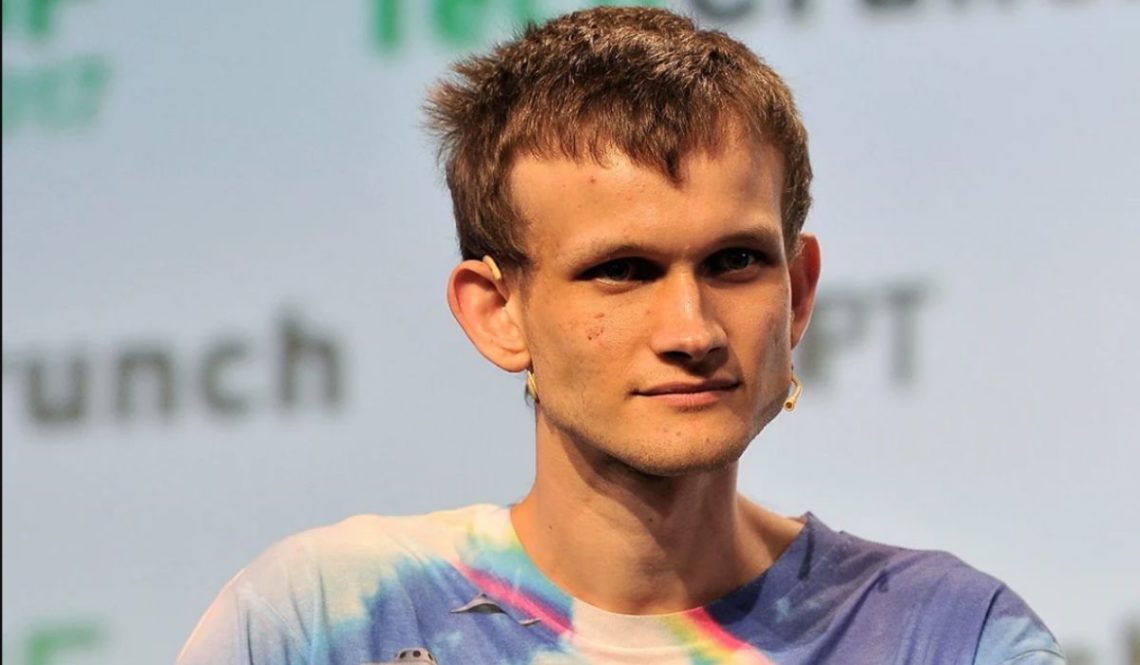Despite the fact that layer-2 transactions are quite inexpensive, Vitalik Buterin believes that all transactions must be under $0.05 to be genuinely acceptable.
To be “really acceptable”
Buterin’s latest remarks came in reaction to a tweet from Ryan Sean Adams, the host of the “Bankless” podcast, who tweeted a snapshot showing the average transaction costs for eight Ethereum layer-2 platforms.
Layer-2 transaction fees, according to Ethereum co-founder Vitalik Buterin, must be less than $0.05 to be “really acceptable.”
The Metis Network is the only layer-2 that meets Buterin’s ideal transaction fee of $0.02, however, a token swap on the platform still costs $0.14.
From then, fees grow, starting at $0.12 for every transaction on Loopring and rising to $1.98 per transaction on the Aztec Network.
Layer-2 transaction fees
Layer-2 transaction fees, according to Ethereum co-founder Vitalik Buterin, must be less than $0.05 to be “really acceptable.”
It is now reasonably priced at $3.26 for each transaction and $16.31 for every token swap, however, this will only be the case until Yuga Labs produces another set of nonfungible tokens (NFTs), where fees might reach $14,000 per mint.
Layer-2s are critical for keeping Ethereum economical, as Adams pointed out: “This is Ethereum, and it’s not expensive,” but Buterin warned it wasn’t there yet:
“In my opinion, it needs to drop below $0.05 to be truly acceptable. But we’re making excellent progress, and proto-danksharding might be enough to get us there for the time being!”
Buterin has long advocated for low-cost transactions, saying in an interview in 2017 that “the internet of money should not cost more than 5 cents per transaction.”
Buterin claimed in January that he still believed in this goal “100%” as part of a lengthy Twitter thread that went over some of the significant things he’d said or written over the previous ten years.
“That was the goal in 2017 and it is the goal today.” It’s for this reason that we’re focusing so much on scalability,” Buterin explained.
“Blob-carrying transaction”
In his response to Adams, Buterin mentioned proto-danksharding or EIP-4844, which is a recently proposed Ethereum upgrade that will see key elements of danksharding — a new and simplified design of previous sharding designs implemented onto the network without any sharding upgrades being initiated.
Proto-danksharding will enable a new type of transaction known as a “blob-carrying transaction,” which will contain an extra 125KB of data (blob) that the Ethereum Virtual Machine will not be able to access (EVM).
The overall assumption is that this will allow the network to develop rapidly in the short term while also reducing congestion and competition for gas usage, lowering gas rates.
ALSO READ: Every Dog Has A Day, But Not Dogecoin As It Sheds 40K Holders

Andrew is a blockchain developer who developed his interest in cryptocurrencies while pursuing his post-graduation major in blockchain development. He is a keen observer of details and shares his passion for writing, along with coding. His backend knowledge about blockchain helps him give a unique perspective to his writing skills, and a reliable craft at explaining the concepts such as blockchain programming, languages and token minting. He also frequently shares technical details and performance indicators of ICOs and IDOs.


 Home
Home News
News










